Medicine Packaging Business - Navigating the Dynamic Landscape
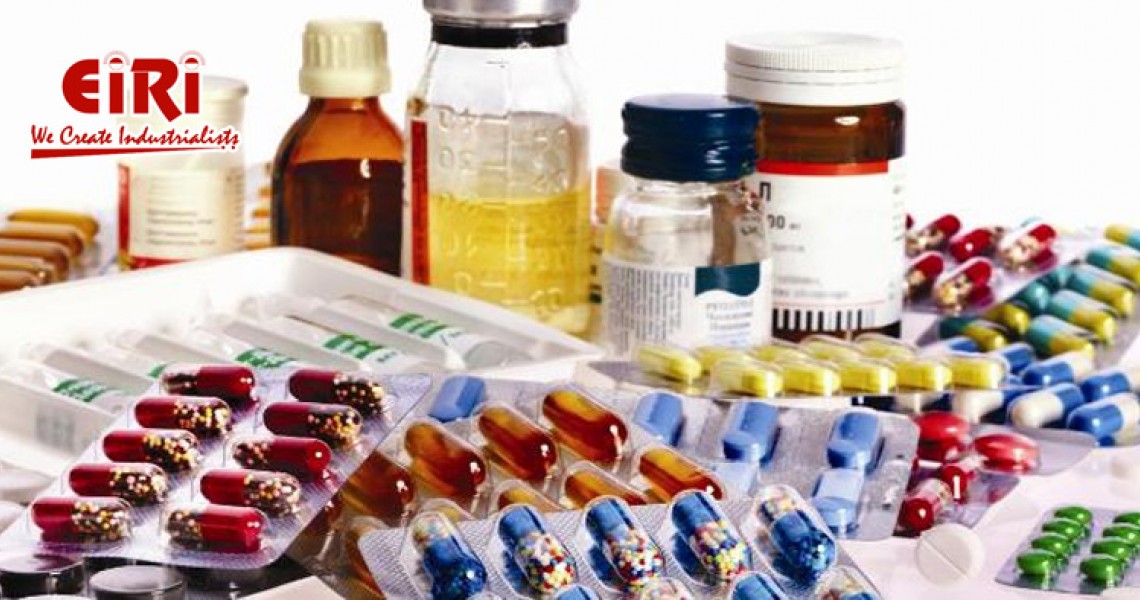
In the pharmaceutical industry, packaging plays a pivotal role beyond mere containment; it ensures the safety, efficacy, and integrity of medicines while also serving as a conduit for crucial information for healthcare professionals and patients alike. As the healthcare sector continues to evolve, propelled by advancements in technology, changing regulatory landscapes, and shifting consumer preferences, the medicine packaging business is experiencing a transformational journey marked by innovation, sustainability, and heightened regulatory scrutiny.
Evolution and Importance of Medicine Packaging:
Since ancient times, humans have relied on various forms of packaging to store and administer medicines, ranging from simple containers to sophisticated blister packs and vials. Today, medicine packaging serves multifaceted purposes, including protection against environmental factors such as moisture, light, and oxygen, ensuring accurate dosing and administration, extending shelf life, facilitating identification, and providing essential information such as dosage instructions, warnings, and expiration dates.
Growth Opportunities in the Pharmaceutical Packaging Market
The Pharmaceutical Packaging Market is on a robust trajectory, with an estimated value of USD 102.10 billion in 2024, projected to reach USD 137.28 billion by 2029, reflecting a notable CAGR of 6.10% during the forecast period (2024-2029).
The surge in the global pharmaceutical industry, addressing both communicable and non-communicable diseases, propels the demand for advanced packaging solutions. These solutions not only shield pharmaceutical products from damage but also safeguard against biological contamination and external influences, emphasizing the critical role of packaging in pharmaceutical manufacturing.
Technological advancements within the pharmaceutical sector directly translate to increased demand for packaging solutions, particularly bottles, vials, and injectables. Glass vials, in particular, are witnessing heightened demand, driven by the increasing preference for injectables, especially in therapeutic areas like oncology and high-potency drugs. This surge is further buoyed by rising per capita spending on pharmaceuticals, delineating a promising growth trajectory for the pharmaceutical packaging market.
While the global demand for pharmaceutical products serves as a robust revenue generator for the packaging sector, challenges such as escalating polymer costs pose significant hurdles. The ongoing conflict between Ukraine and Russia has exacerbated the situation, resulting in heightened prices for plastics and plastic products. The imbalance between supply and demand further exacerbates polymer price hikes, presenting a formidable obstacle to market growth.
Market Growth Driver
The global healthcare and pharmaceutical industry has experienced significant growth driven by factors like population growth, longer life expectancy, and increased consumer awareness of healthcare. Government initiatives and investments in drug discovery and technology, such as the Honeywell India Technology Center, further contribute to market growth by fostering innovation and providing technical support to regional partners in pharmaceutical packaging development.
In essence, the pharmaceutical packaging market is poised for robust expansion, underpinned by evolving consumer needs, technological innovations, and a steadfast commitment to ensuring product safety and efficacy in an increasingly dynamic healthcare landscape.
Types of Medicine Packaging:
- Blister Packs: Blister packs, also known as push-through packs, consist of individual cavities or pockets containing medicines, typically sealed with a foil or plastic backing. They offer several advantages, including protection against contamination, ease of dispensing, and tamper resistance. Blister packs are commonly used for tablets, capsules, and other solid oral dosage forms.
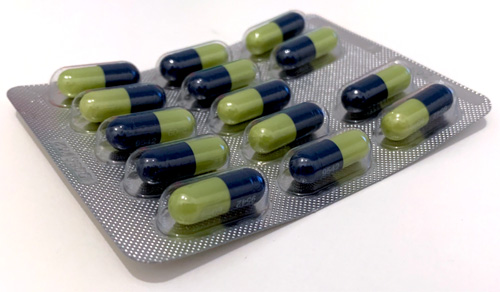
- Bottles and Vials: Bottles and vials are widely used for liquid medications, suspensions, and solid dosage forms such as powders and granules. They come in various materials such as glass and plastic, with closures ranging from screw caps to child-resistant caps. Bottles and vials provide excellent protection and are suitable for a wide range of pharmaceutical formulations.
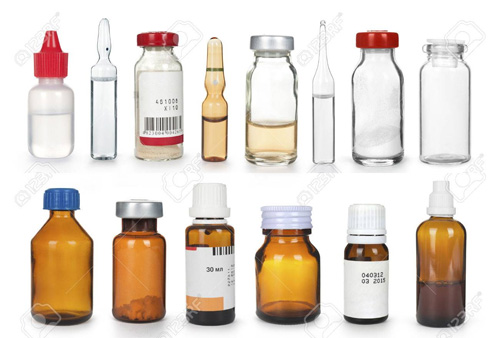
- Ampoules: Ampoules are small, sealed containers made of glass, typically used for storing and dispensing injectable medications. They offer hermetic sealing, ensuring sterility and preventing contamination. Ampoules are commonly used in hospitals and healthcare settings for parenteral administration of drugs.
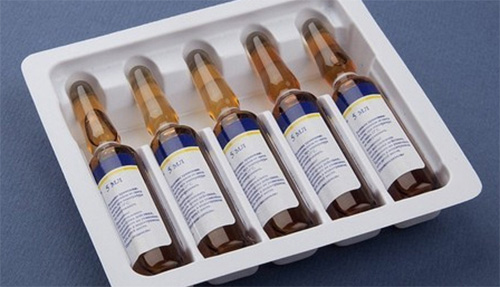
- Sachets and Pouches: Sachets and pouches are flexible packaging solutions used for unit-dose packaging of powders, granules, and liquids. They offer convenience, portability, and customizable branding options. Sachets and pouches are ideal for single-use medications, over-the-counter products, and clinical trial samples.
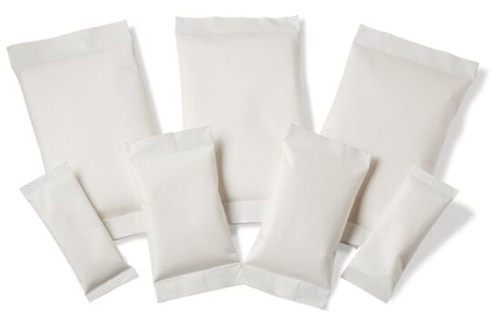
- Alu-Alu Blister Packaging: Alu-Alu blister packaging consists of multiple layers, typically including aluminum foil sandwiched between plastic films. It provides excellent barrier properties against moisture, oxygen, and light, making it suitable for moisture-sensitive and light-sensitive medications. Alu-Alu blister packaging is commonly used for solid oral dosage forms, particularly for pharmaceutical products requiring enhanced protection.
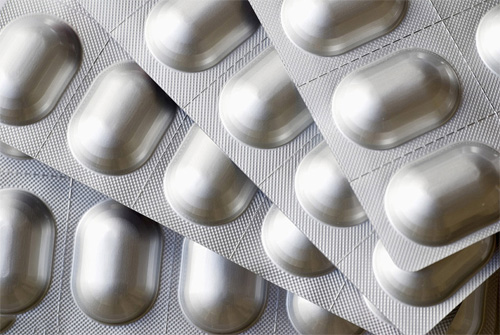
Trends and Innovations in Medicine Packaging:
- Smart Packaging: The integration of technology into medicine packaging, such as RFID tags, QR codes, and NFC sensors, enables real-time monitoring of medication adherence, temperature, and authenticity. Smart packaging enhances patient engagement, medication management, and supply chain visibility.
- Sustainable Packaging: With increasing environmental concerns, there is a growing emphasis on sustainable packaging solutions in the pharmaceutical industry. Biodegradable materials, recyclable plastics, and eco-friendly packaging designs are gaining traction as companies strive to minimize their environmental footprint.
- Child-Resistant Packaging: Child-resistant packaging features innovative designs and mechanisms to prevent accidental ingestion of medications by children. Child-resistant closures, blister packs, and bottle caps help reduce the risk of pediatric poisoning and enhance medication safety in households.
- Personalized Packaging: Personalized medicine packaging involves tailoring packaging designs, labeling, and dosing instructions to meet the specific needs of individual patients. Customized packaging solutions enhance patient adherence, improve treatment outcomes, and foster patient-provider communication.
- Anti-Counterfeiting Measures: The proliferation of counterfeit medicines poses a significant threat to public health and safety. To combat counterfeiting, pharmaceutical companies are adopting advanced anti-counterfeiting technologies such as holograms, tamper-evident seals, and track-and-trace systems to authenticate products and safeguard supply chains.
The medicine packaging business is undergoing a paradigm shift driven by technological innovations, sustainability imperatives, regulatory requirements, and evolving consumer preferences. As the healthcare landscape continues to evolve, stakeholders in the pharmaceutical industry must remain vigilant, adaptable, and innovative to meet the ever-changing demands of patients, healthcare providers, and regulatory authorities. By embracing cutting-edge packaging technologies, prioritizing sustainability, and ensuring compliance with stringent regulations, the medicine packaging business can continue to thrive and contribute to the advancement of global healthcare.










